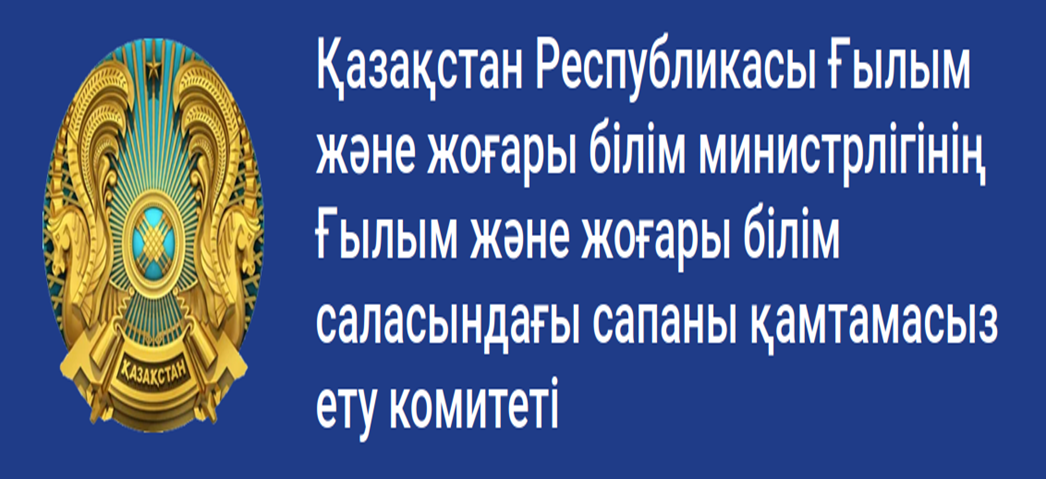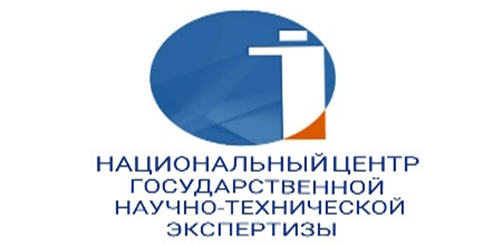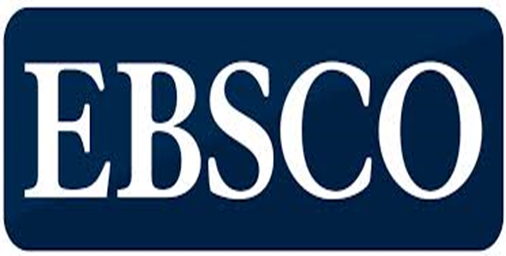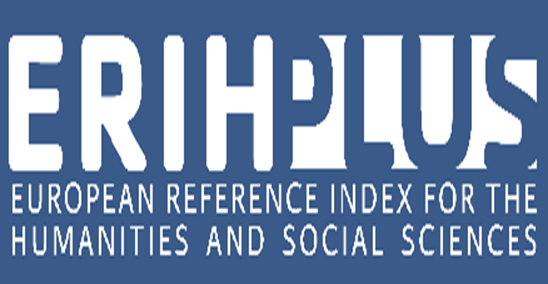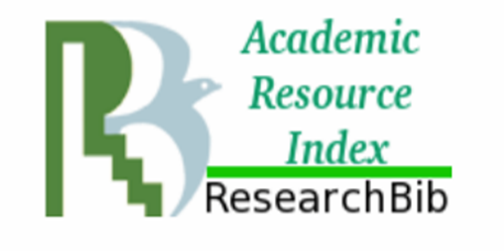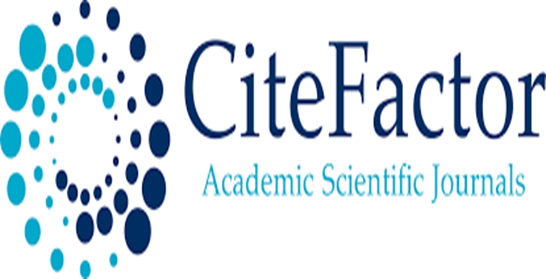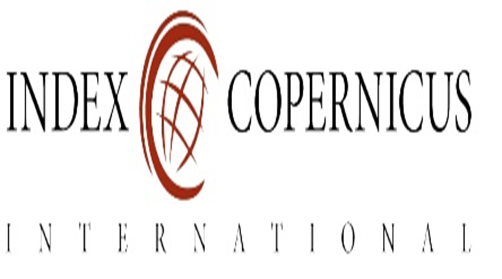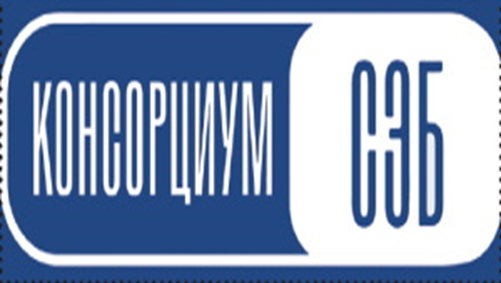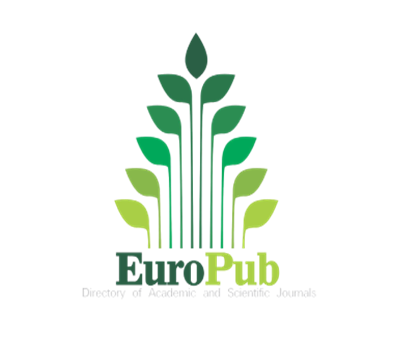Вторичное использование тюркских аристократических мемориалов (Археологические заметки на полях орхонского атласа, изданного в Казахстане)
Просмотры: 293 / Загрузок PDF: 240
DOI:
https://doi.org/10.32523/2664-5157-2022-4-23-34Ключевые слова:
Тюркские каганаты, поминальные комплексы, мемориалы знати, их почитание и использование, семейные тамги, атлас, каганат, балбалыАннотация
В 2005-2006 гг. в Астане профессорами Евразийского национального
университета им. Л.Н. Гумилева Мырзатаем Жолдасбековым и Каржаубаем
Сарткожаулы был издан атлас мемориалов Тюркских каганатов VI-VIII
вв., сохранившихся на землях Монголии. Он включил в себя не только
стелы с высеченными на них письменами, но и их археологическое
и ландшафтное окружение. Такое сводное издание создало новые
возможности для научной работы. В частности выяснилось, что эти
памятники многократно посещались современниками и потомками,
а также повторно использовались ими. На мемориалах Кюль-тегина
и Кошо-Цайдам III вторично использованы изваяния, извлеченные из
иных поминальных комплексов, принадлежавших предшествующему
времени. Правда, они не принадлежали к культуре народа тюрков и
на новом месте не изображали умершего или лиц его окружения, а
послужили простыми балбалами. Но на поминальнике Эрдэнэмандал V
строительным материалом стала плита с рунической надписью, взятая
с раннего тюркского памятника. При перестройке под новый мемориал
в Унгету не разрушили предшествующий и использовали его изваяния.
Стелы Онгинского комплекса, несущие надписи и семейные тамги,
свидетельствуют: его использовали для увековечивания памяти деда,
отца и внука. Плита со сценой поминального пира в Асхете позднее
дополнена рунической надписью по борту, затем – вырезанной в углу
личной тамгою. Посещения мемориалов Второго Восточнотюркского
каганата, позднее их создания доказывают семейно-личные тамги, но это
тема отдельного исследования.
Скачивания
Литература
Войтов В.Е., 1996. Древнетюркский пантеон и модель мироздания в культово-поминальных памятниках Монголии VI–VIII вв. М.: Изд-во Гос. музея Востока. 152 с.
Войтов В.Е., 1987. Каменные изваяния из Унгету // Центральная Азия. Новые памятники письменности и искусства. Москва: Наука, Глав. редакция вост. лит-ры. С. 92-109.
Войтов В.Е., 1989. Онгинский памятник. Проблемы культуроведческой интерпретации. Советская тюркология. 3. С. 34-50.
Войтов В.Е., 1986. Древнетюркские памятники на Хануе. Советская археология. 4. С. 74-89.
Жолдасбеков М., Сартқожаұлы Қ., 2005. Орхон ескерткiштерiнiң толық атласы. Астана: Күлтегiн. 360 с.
Жолдасбеков М., Сарткожаулы К., 2006. Атлас орхонских памятников. Астана: Күлтегiн. 360 с.
Кляшторный С.Г., 1978. Храм, изваяние и стела в древнетюркских текстах (К интерпретации Ихэ-Ханын-норской надписи) // Тюркологический сборник. 1974. Москва: Наука, Глав. редакция вост. лит-ры. С. 238-255.
Кляшторный С.Г., 2003. История Центральной Азии и памятники рунического письма. СПб.: Филолог. факультет СПбГУ. 560 с.
Кызласов И.Л., 1998. Результаты раскопок поминальных оградок могильника Эдегей (Факты вторичного использования древнетюркских оградок VI-VIII вв. в раннем средневековье) // Древности Алтая. Известия лаборатории Горно-Алтайского госуниверситета. 3. Горно-Алтайск: ГАГУ. С. 143-165.
Кызласов И.Л., 2021. Корни башкирской геральдики: аристократические тамги тюркских государств раннего средневековья // Башкиры в контексте междисциплинарных исследований тюркских народов Евразии. Материалы научной сессии по этнической истории и антропологии башкир. Уфа: Самрау. С. 254-267.
Кызласов И.Л., 2020. Современные основы тюркской руники. Turkic Studies Journal. № 2. С.6-14.
Кызласов Л.Р.,1964. О назначении древнетюркских каменных изваяний, изображающих людей. Советская археология. № 2. С. 27-39.
Кызласов Л.Р., 1969. История Тувы в средние века. М.: Изд-во Москов. ун-та. 211 с.
Могильников В.А., 1981. Тюрки // Археология СССР. Степи Евразии в эпоху средневековья. Москва: Наука. С. 29-43.
Радлов В.В., 1892-1899. Атлас древностей Монголии. Вып. 1-4 / Труды Орхонской экспедиции. СПб.: Типография Имп. АН. 296 с.
Inscriptions, 1892. Inscriptions de l’Orkhon recueillies par l’expédition finnoise 1890 et publiées par la Société Finno-Ougrienne. Helsingfors: Imprimerie de la Société de Littérature Fin¬noise. L+48+66+1.






